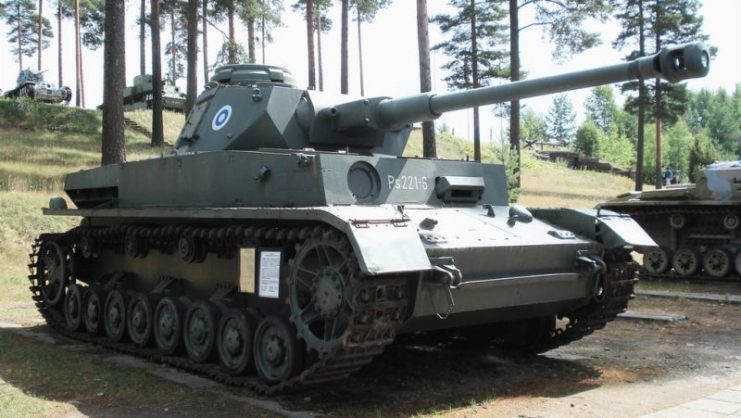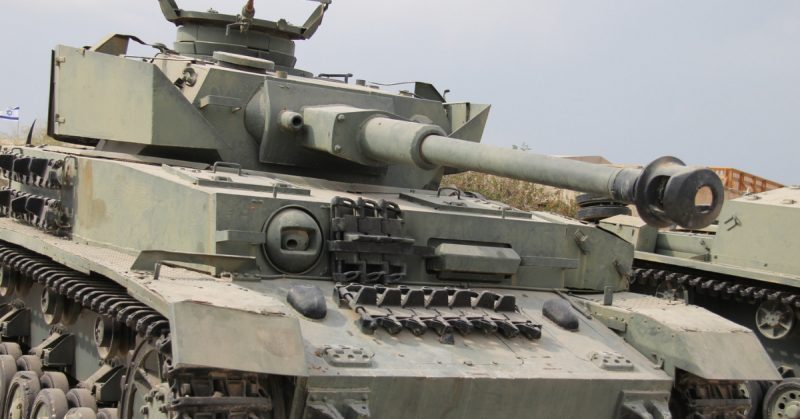The German Panzerkampfwagen IV medium tank, abbreviated PzKpfw IV, Pz. IV, or T-IV, was created by Friedrich Krupp AG. Production started in 1937 and continued until the very end of the Second World War. The Pz. IV became one of the most mass-produced Wehrmacht tanks, with 8,686 units built.
The Pz. IV was modified and improved nine times throughout its production, so it remained relevant in use throughout the war. Depending on the modification of the tank, the mass was from 18.4 to 25 tons.
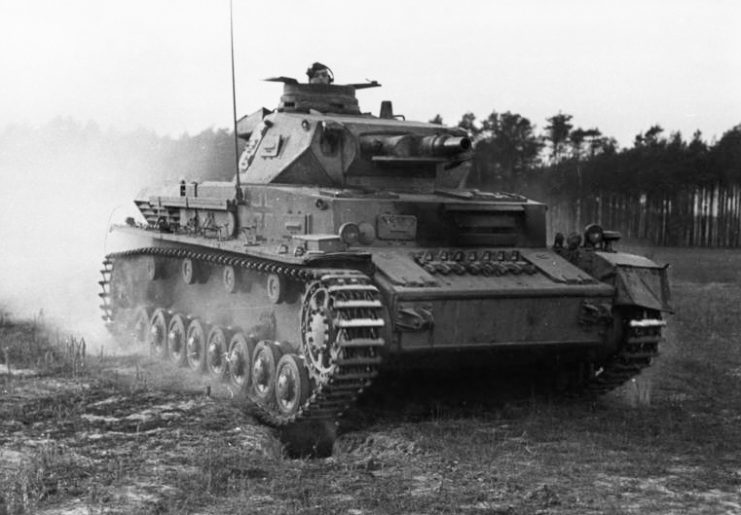
The tank body consisted of forged steel, rolled armor with a hardened surface. The tank had three compartments separated by bulkheads: a control, a fighting, and a power compartment.
The thickness of the armor was, depending on the modification, from .4 to 3.15 inches. Starting in 1943, .2″ thick shields were also installed to help protect the sides and the back of the tower from anti-tank rifles and shells.
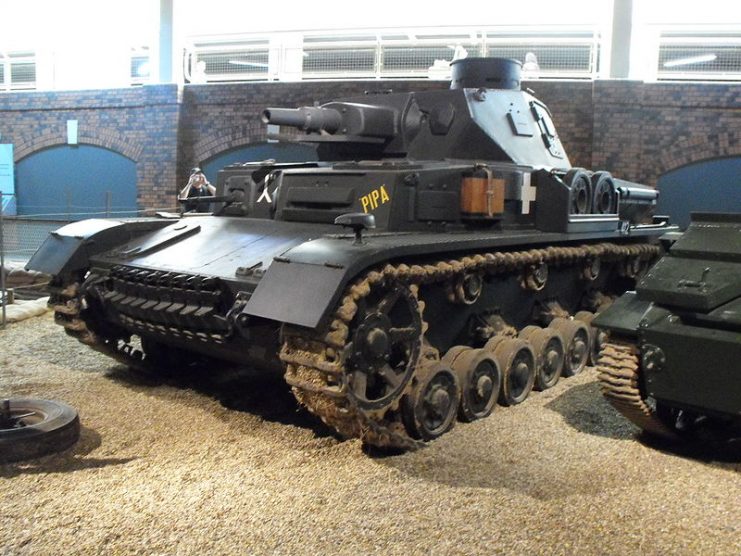
Pz.IV tanks were produced with the following weapons:
– Modifications A-F had KwK37 75-mm guns.
– Modification G had a KwK40 75-mm gun with a barrel length of 43 calibers.
– Modifications H-K had a KwK40 75-mm gun with a barrel length of 48 calibers.
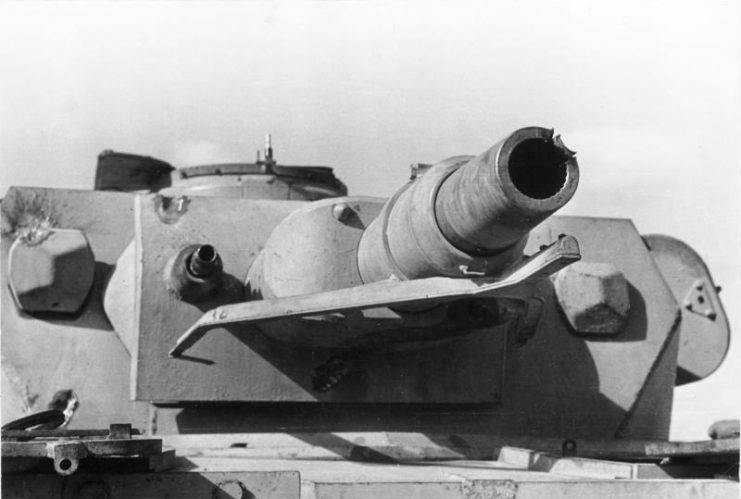
The tanks were additionally equipped with two 7.92-mm MG-34 machine guns. They carried enough ammunition for 80-87 75-mm shots, as well as 2,700-3,150 cartridges for the machine guns.
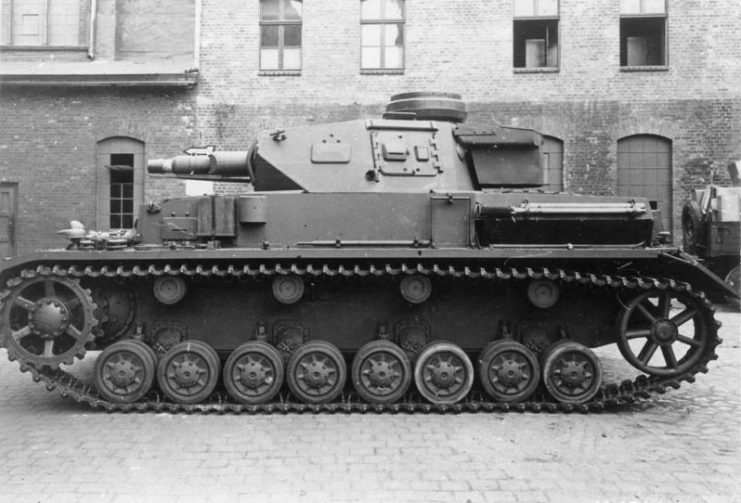
The Pz.IV was equipped with a V-shaped 12-cylinder four-stroke carburetor engine for liquid cooling, using engine models HL 108TR, HL 120TR, and HL 120TRM from Maybach. Depending on the model of the engine, the power was from 250 to 300 hp.
The maximum speed reached by the tank on highways was 25 mph. Their range was about 124 to nearly 200 miles, depending on road conditions and tank modifications. The crew consisted of 5 people.
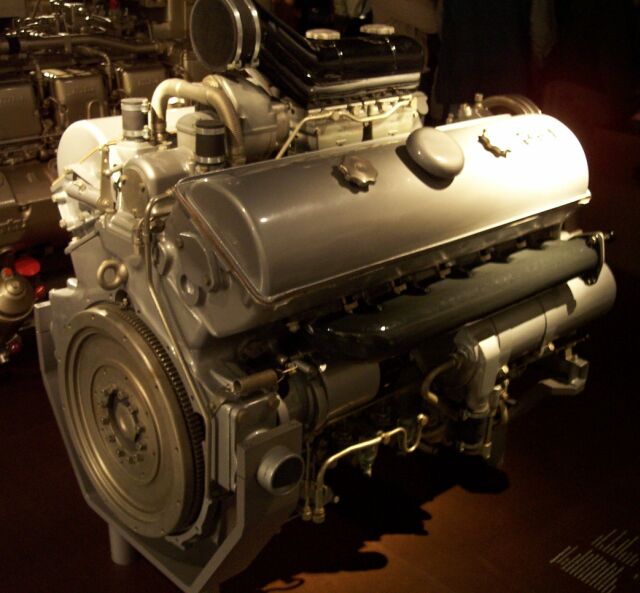
Pz.IVs were used during the Anschluss of Austria, and later during the occupation of the Sudetenland of Czechoslovakia.
Soviet tankman Grigory Panezhko, in his book Notes of a Soviet Officer (Записки советского офицера) recalls the first meeting with the German Panzer IV tank in June 1941: “We froze when we saw the ugly, monstrous tanks of bright yellow tiger color appearing from Sitno gardens. They slowly rolled in our direction, sparkling with tongues of shots.”
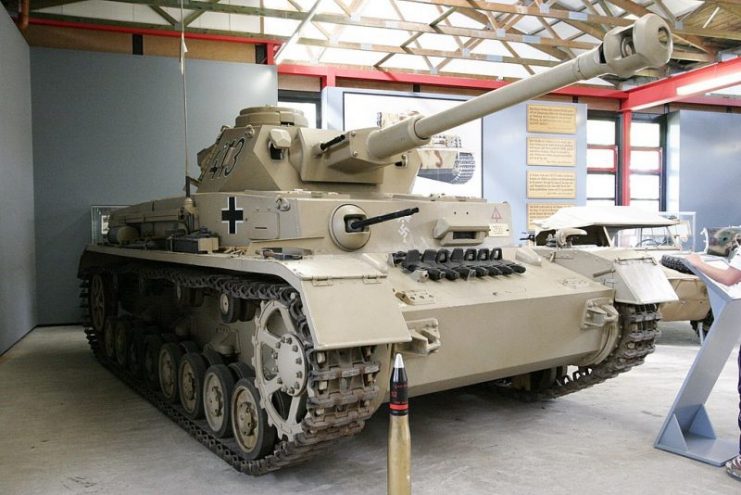
The Pz.IV was widely used in all theaters of military operations during World War II. For example, these tanks comprised about 60% of all German tanks involved in Operation Citadel. After the appearance of the Panther, it was planned to cease production of the Pz.IV, but thanks to General Guderian this did not happen.
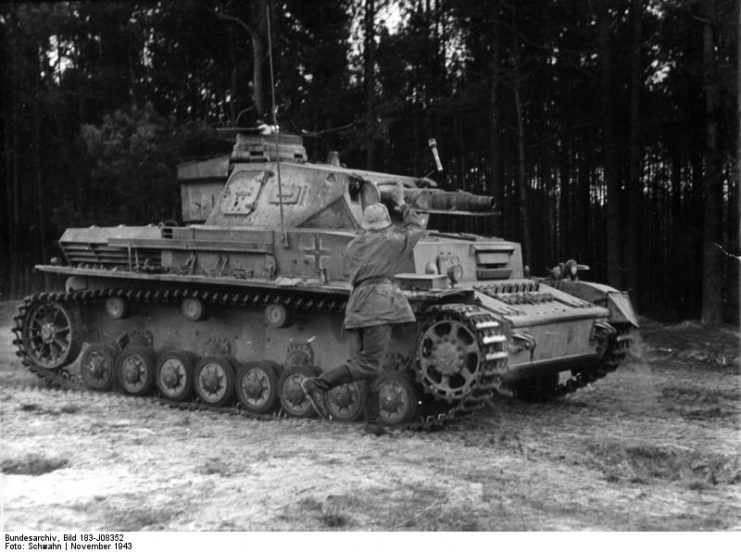
In addition, this tank was exported, and for a long time it was in service in Finland, France, Croatia, Bulgaria, Spain, and other countries.
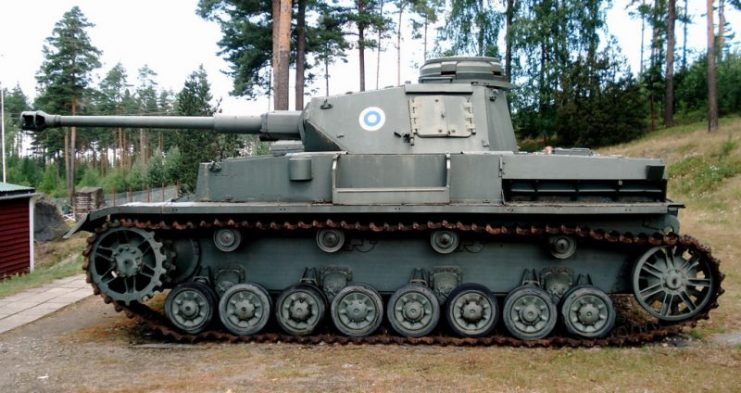
The Pz. IV was repeatedly used after the Second World War. It participated in the 1956 Suez conflict, the 1948-1949 Israel War of Independence, the 1967 Six-Day War, the Iran-Iraq War of 1980-1988, and several other conflicts.
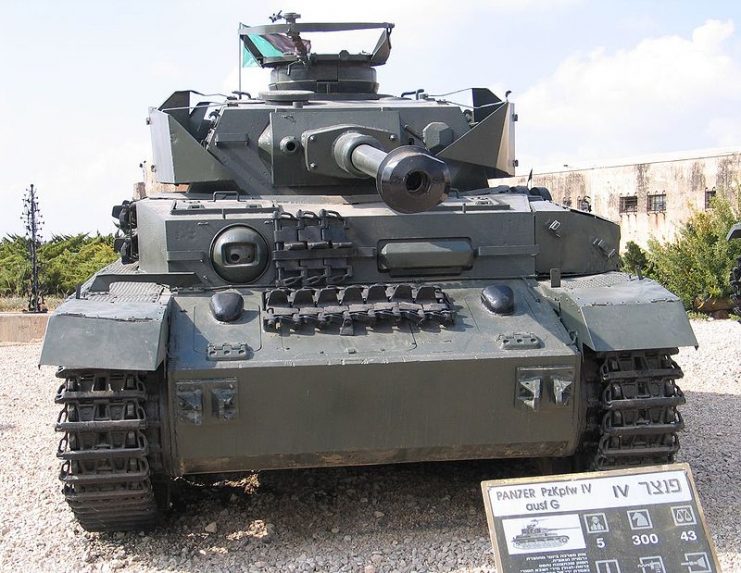

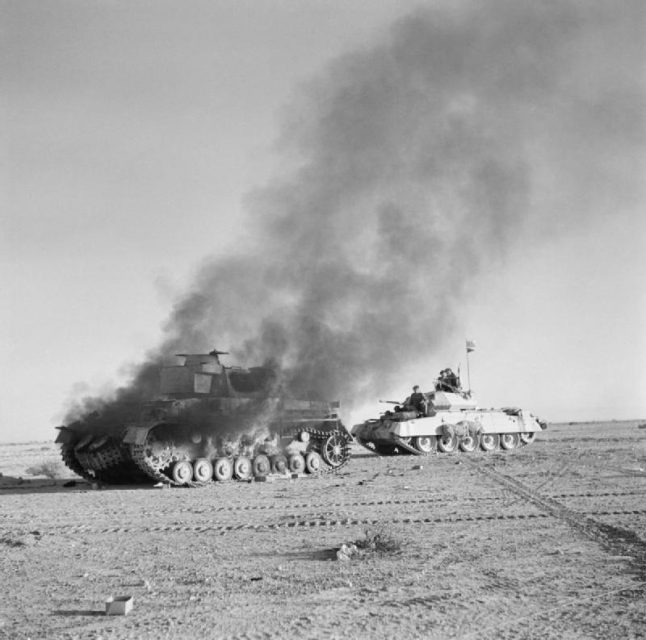
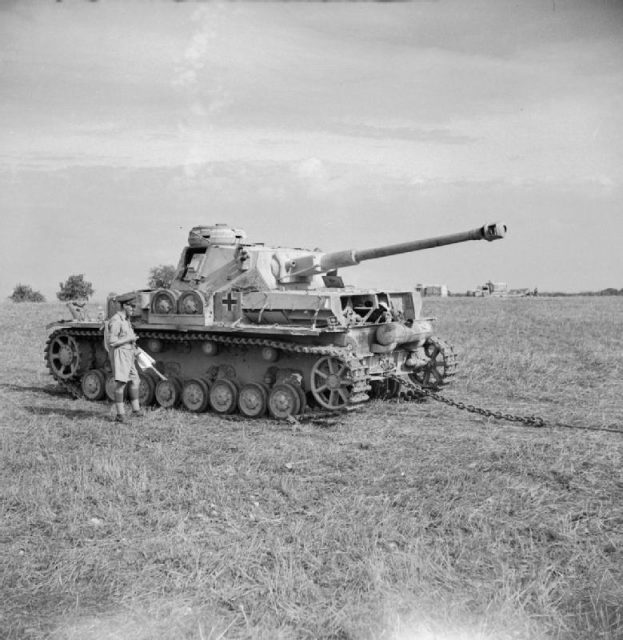
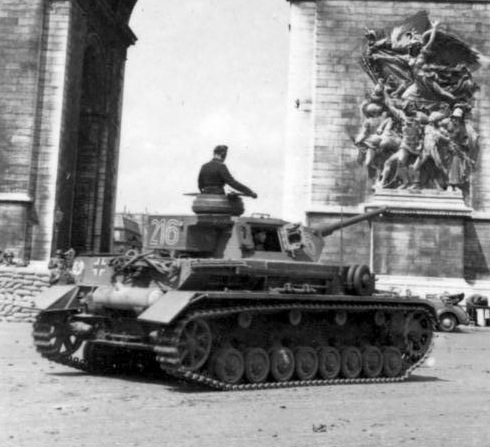
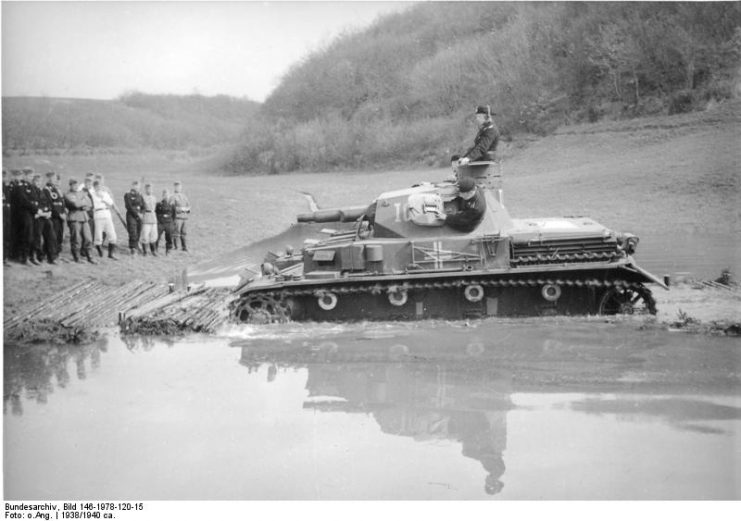
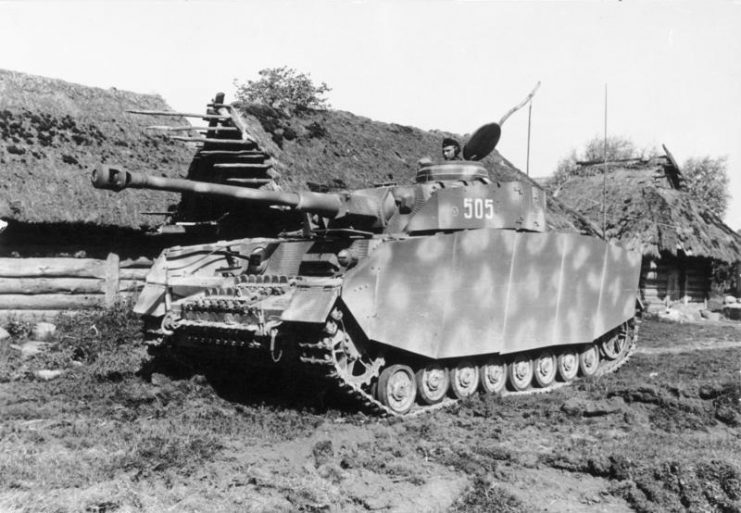
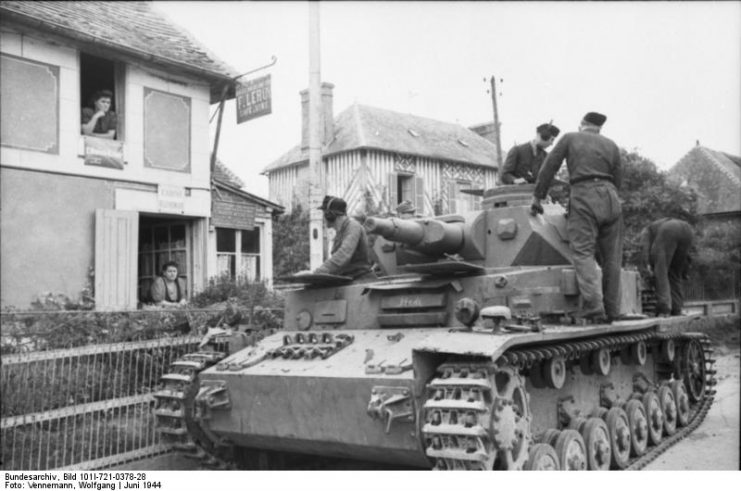
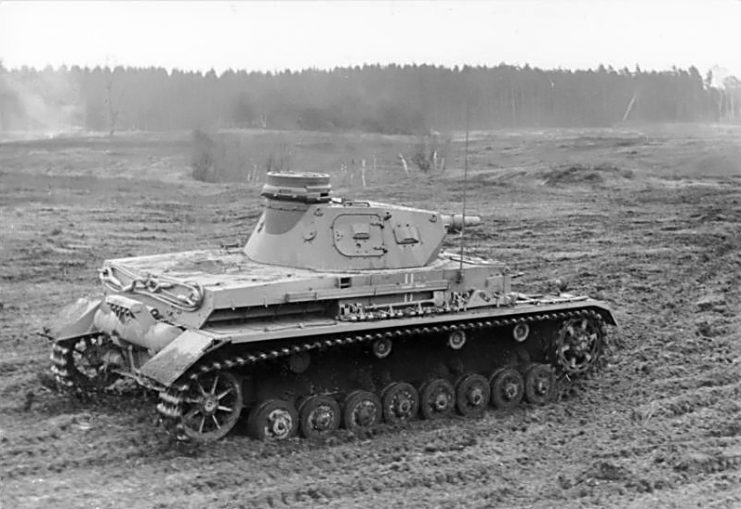
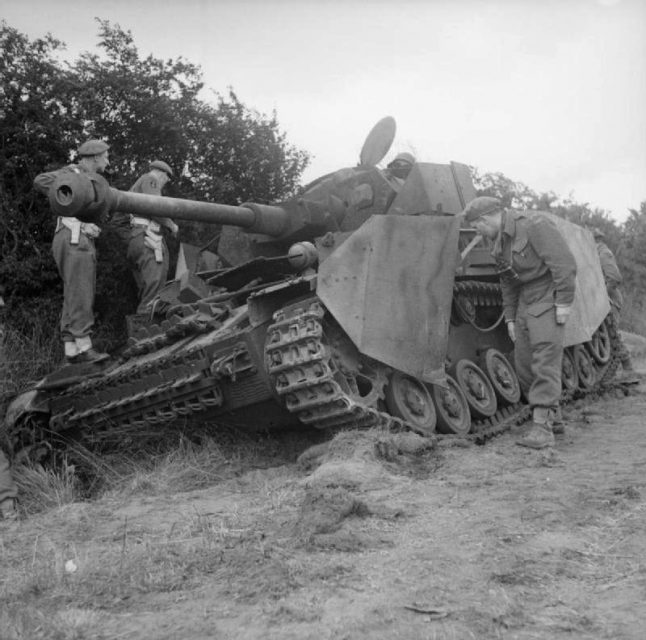
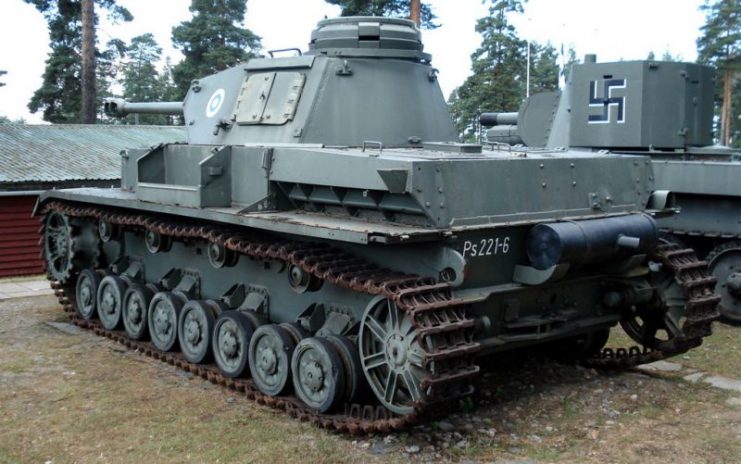
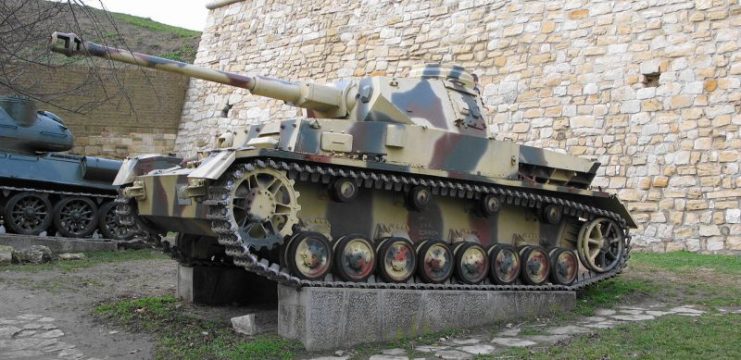
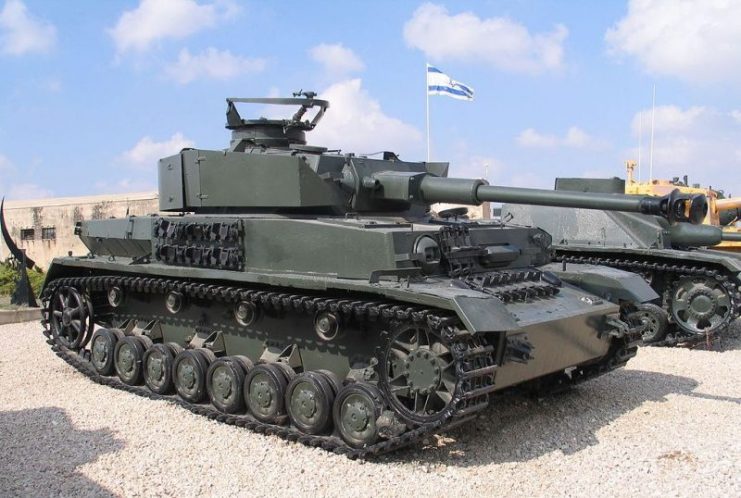
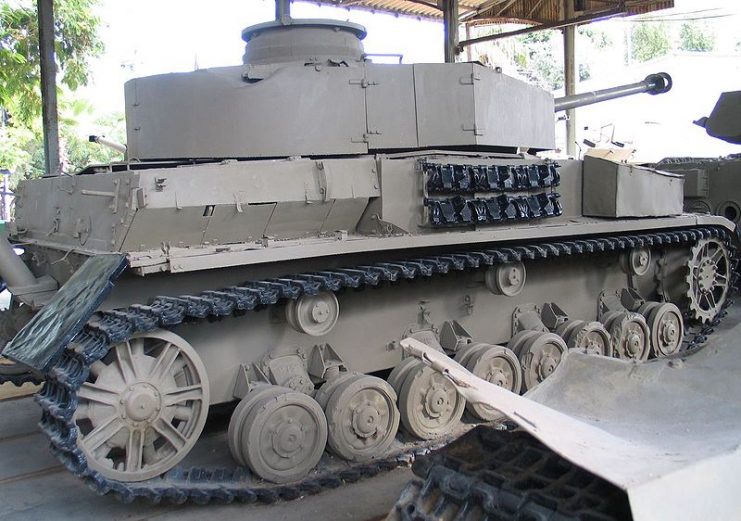
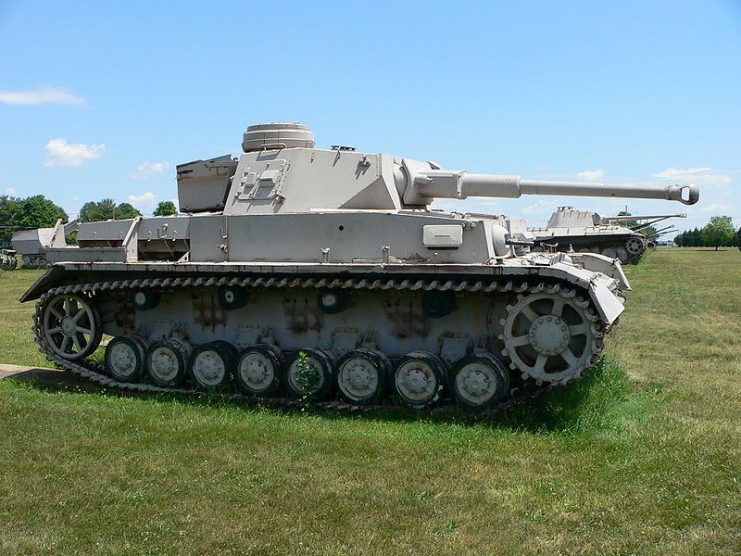
Read another story from us: Early War Favorite – The Panzer 35(t)
